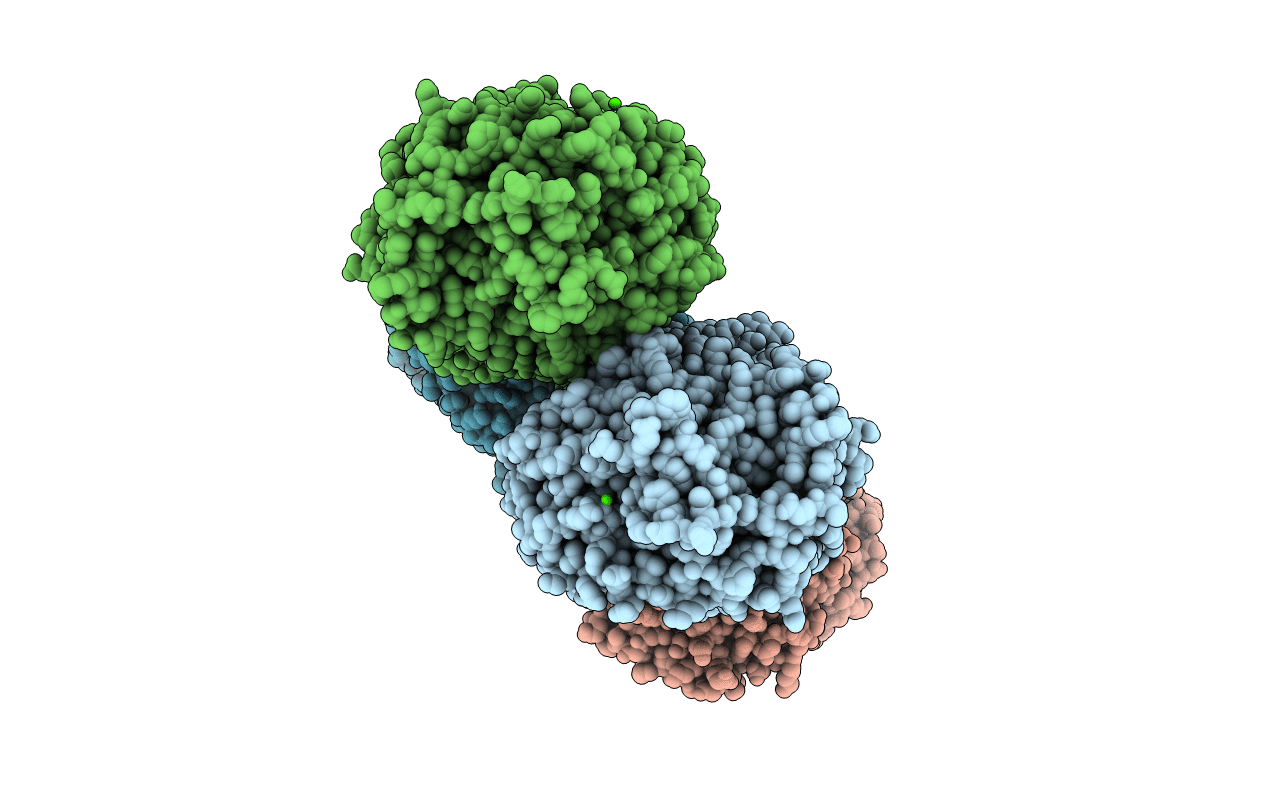
Deposition Date
2017-02-20
Release Date
2017-05-31
Last Version Date
2024-11-20
Entry Detail
PDB ID:
5UW6
Keywords:
Title:
PCY1 in Complex with Follower Peptide and Covalent Inhibitor ZPP
Biological Source:
Source Organism:
Vaccaria hispanica (Taxon ID: 39387)
Host Organism:
Method Details:
Experimental Method:
Resolution:
3.30 Å
R-Value Free:
0.21
R-Value Work:
0.17
R-Value Observed:
0.17
Space Group:
P 1


